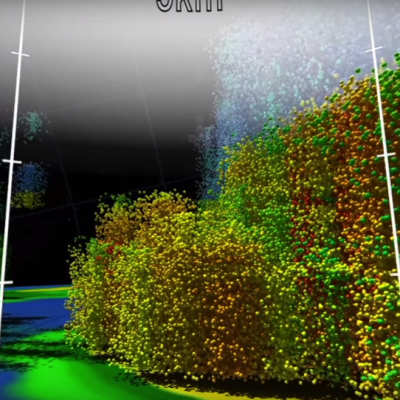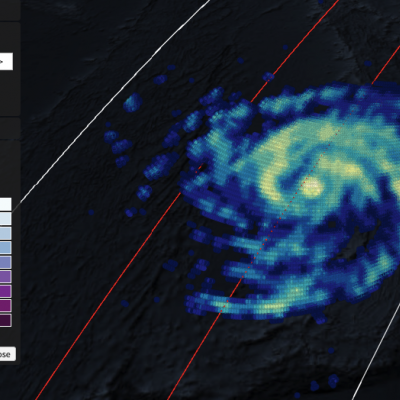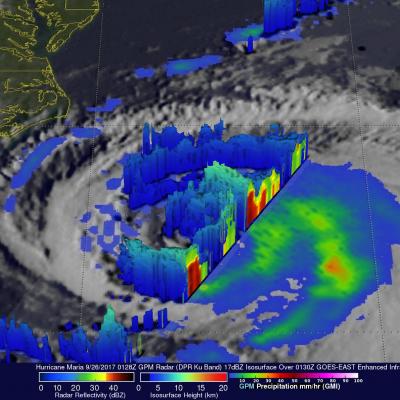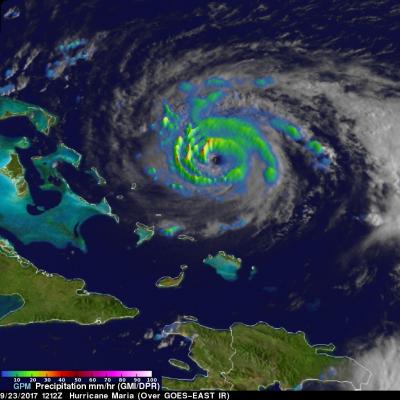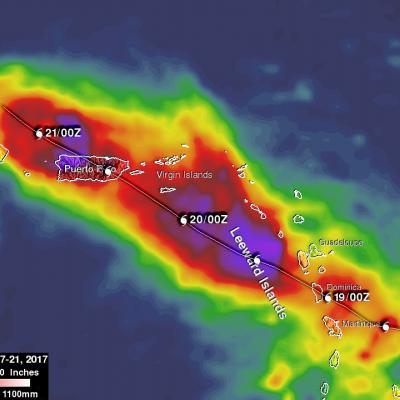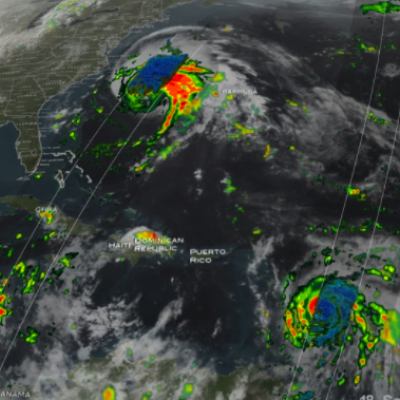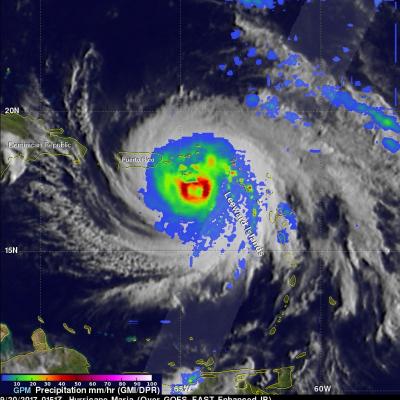Typhoon Maria Makes Landfall
After striking the Ryukyu Islands of Japan and grazing Taiwan with torrential rains, Typhoon Maria made landfall just north of the populous city of Fuzhou, China with sustained winds of 95 knots and a broad shield of precipitation. The storm appears lopsided in the GMI, with much of the deep convection offshore, however, it is still likely to bring a brief period of flooding rains to this part of China before dissipating. View fullscreen in STORM Event Viewer


